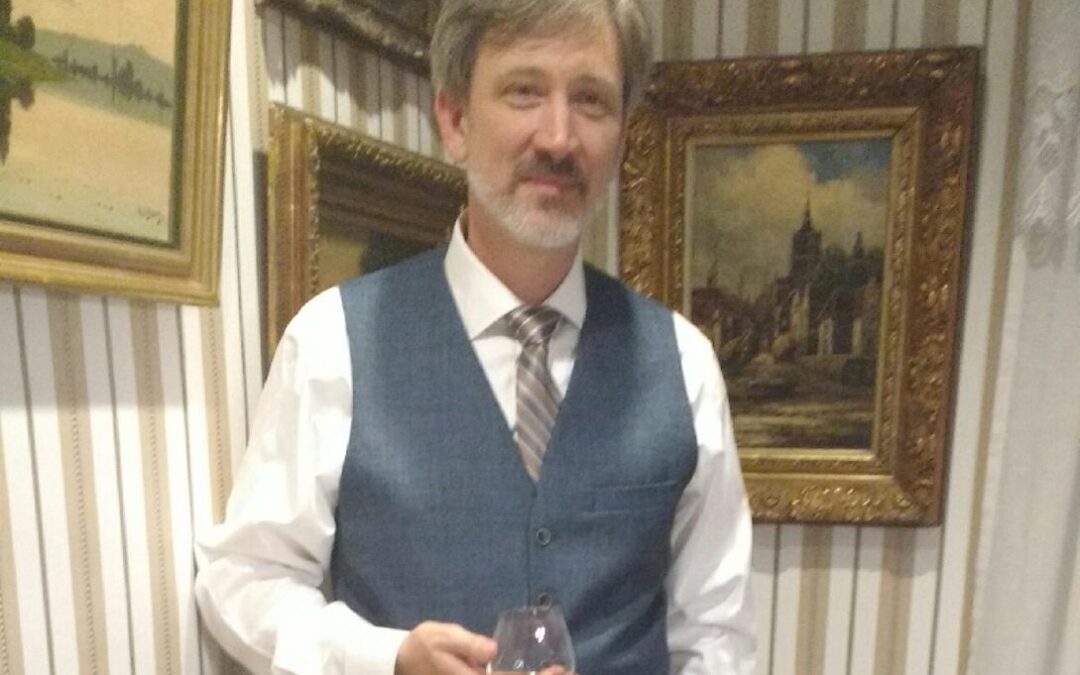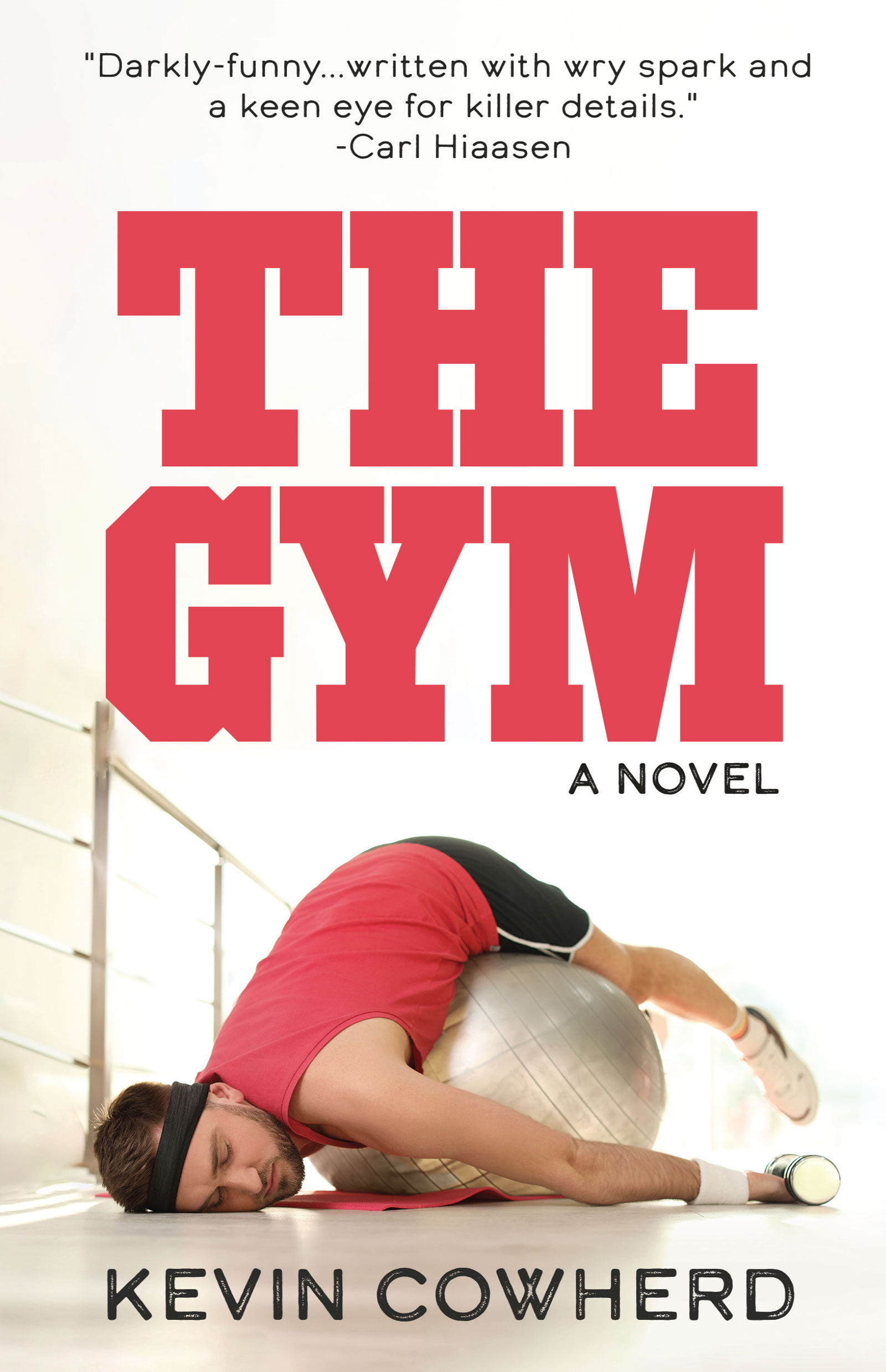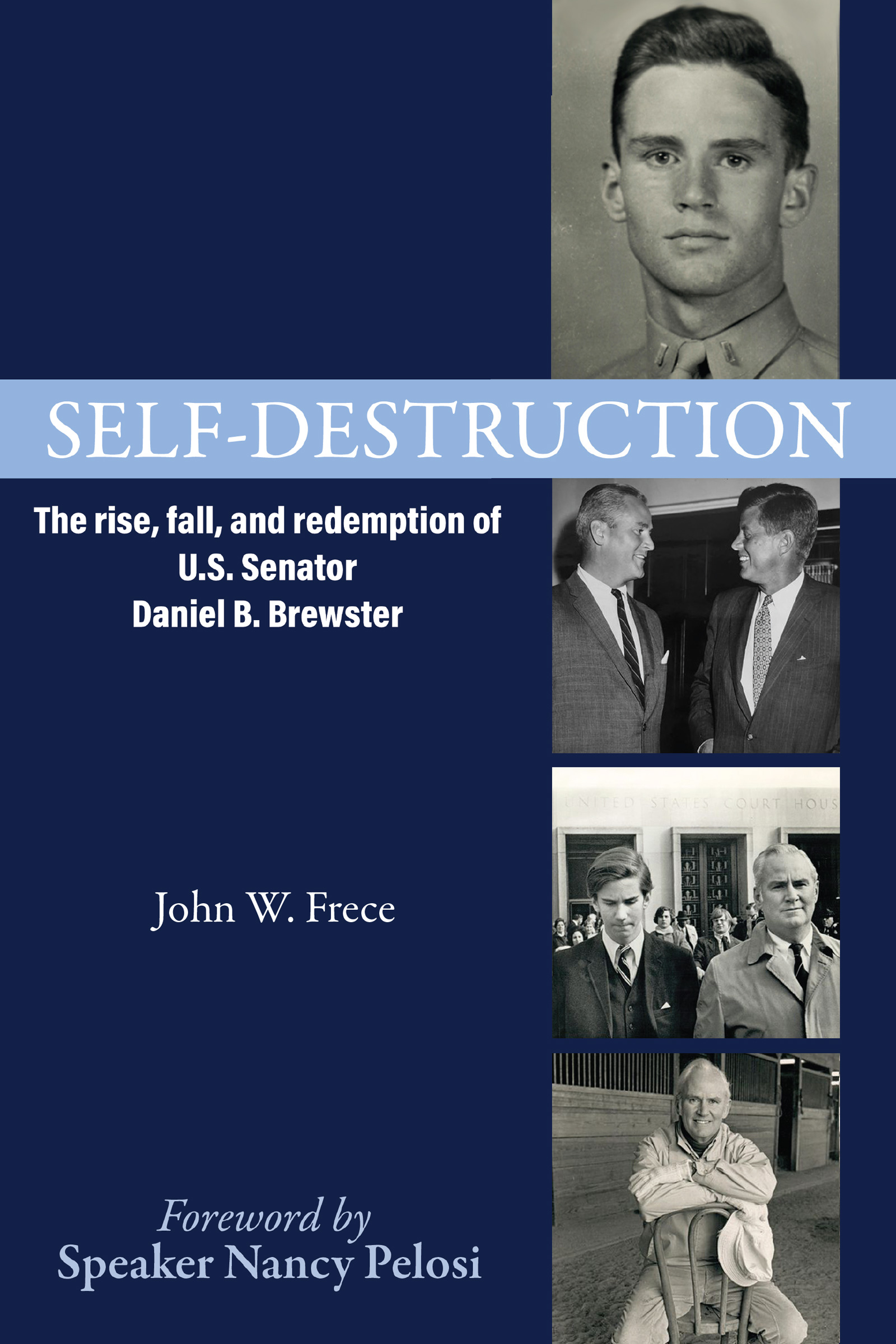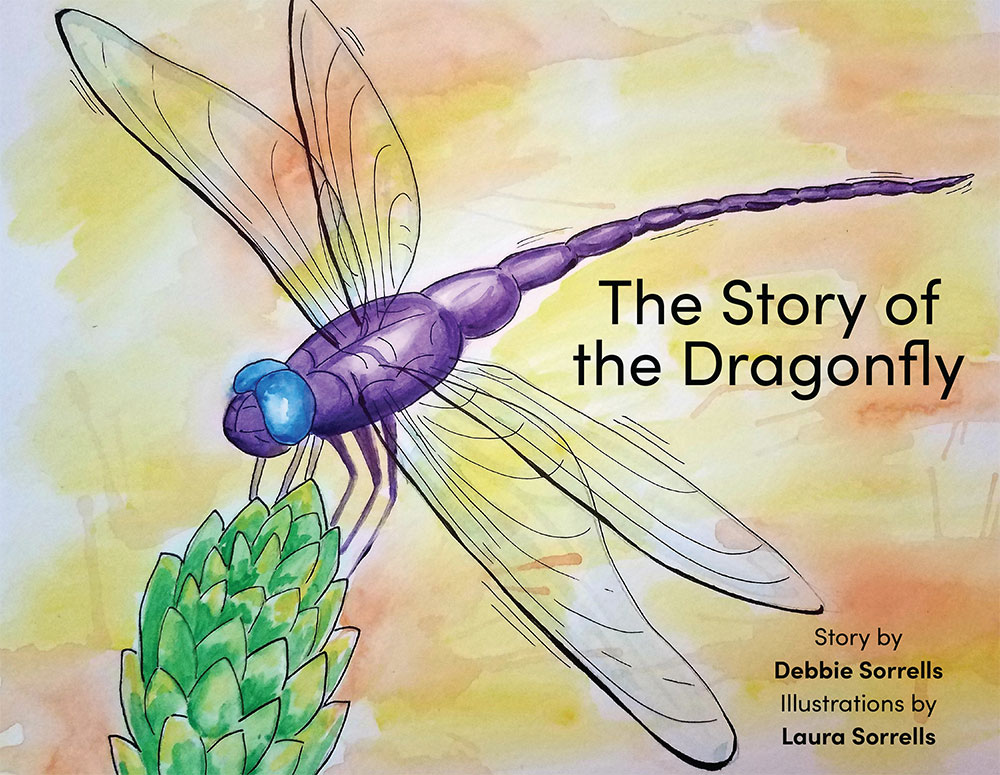Read our Q&A with the author, Eric Goodman, as he speaks on his upcoming book and motive for writing such a story.
1. What inspired you to write this book?
In a nutshell (or husk): the cicadas.
I had written a short story the last time the 17-year cicadas emerged. That story was about a young man who compared romantic love to the cycle of a cicada: a few weeks of excited buzz followed by years of mundane monotony. The story was published in an anthology and read at the Patterson Theater and on Baltimore’s NPR station, WYPR.
Knowing the cicadas were emerging again, I thought it would be interesting to explore how such a character would be getting along 17 years later.
2. What did you learn about yourself when writing this book?
I learned that I can allow myself to write a shorter book. Most of my books to date have been longer, and my challenge is usually to edit them down to a few hundred manuscript pages. This is the shortest book I’ve written (unless you consider a few unpublished novellas).
3. Were the characters/ fiction characters related to someone in your personal life ?
Not exactly. Most characters are composites of different personality traits from different people, but nobody is a true representation of a real person. I don’t know anyone who scavenges car wrecks or burns down houses for fun. But details from real life make it into the book. Like the premature death of an old high school friend, or the making and breaking of bonds and relationships I’ve witnessed and experienced over the years.
4. How did you come up with the idea to write this book ?
This book was the joining together of two separate inspirations. I keep a file of ideas and concepts for future books and stories. One of those ideas was that of a husband and wife deciding to divorce and making it a celebration—still good friends but letting one another go. In their new searches for new mates, they came to understand that what they were looking for was one another. It was 2018, and I was entering a contest to write a novel in three days. I wanted something that didn’t require a lot of intricate plotting, like my last novel, The Color of Jadeite. This seemed like a good choice.
As I began to think of character development, it occurred to me that Stuart and his friends from “Cicadas” would be good candidates. And realized that the cicadas would be back in a few years, making it a perfect “check-in” time. So the idea of a sequel, of sorts, for “Cicadas” meshed with the concept I had originally envisioned as more of a comedy under the working title of “Divorce Courting.” Wrecks and Ruins evolved into something different.
5. What is your favorite thing about this book you wrote?
I can be a bit nostalgic, so the idea of visiting characters from 17 years ago was fun. Although this is complete fiction, there was a meta element to this book since I wrote the story and created these characters about 17 ago earlier, as well. And since I began with a general idea of where I was starting, who these people were, and where I was headed—but no real plot—it was fun to explore these characters and their situations as the story unfolded.
6. What is the least favorite thing about this book?
COVID-19. I wrote the first draft of this in 2018 but set scenes in 2021 so they would coincide with the return of the 17-year cicadas. There was no getting around that. So in rewrites, I had to add in scenes and lines referencing the fact that they were in a worldwide pandemic. That, and some of the real-life concerts I had them attending, made it a bit of a challenge to keep everything in its right place.
7. Is there going to be a sequel ?
No, I don’t think so. At least, not for another 17 years, when the cicadas return. As much as I enjoyed revisiting these characters, I like to branch out and write new things. I’ve been writing a good bit of poetry during the pandemic—something I normally don’t do—and think my next book may be a collection of those pieces. I’ve also been thinking about another collection of intertwined stories, like Tracks: A Novel in Stories. If I were to consider a sequel to one of my books, it would probably be a new thriller to follow The Color of Jadeite, published last year by Apprentice House.
8. Which part of the book was the hardest for you to write?
I think the ending was more difficult for this one than most I’ve written. I wanted Stuart and Tiffany to be back together but didn’t want this to be a cheesy happy ending with a ride off into the sunset. And I wanted an ending that would fit with the main character’s attraction to broken things—wrecks, ruins, relationships. The unexpected twist I added in revisions, involving his wife, helped balance the highs and lows of the ending.
9. What is the most difficult part about writing this book?
Tactically, introducing the pandemic into scenes taking place in 2020 and 2021 was difficult. Emotionally, introducing the subplot about Clint was a bit of a challenge. When you reach a certain age, the loss of friends and relations is something that becomes more commonplace—but no easier.
10. What are you hoping to get out of publishing this book, and why?
This is my sixth published book, my third published by Apprentice House. Ideally, what I’d like is what I always hope for with a new release: for the reviews to be good, readership to be wide, and to bring the story about people and their relationships with one another to as many readers as possible. With every book, I think “this is the breakout.”
As far as a message, or what I hope readers get from the book … I think people today tend to idealize what a relationship is supposed to be. Our instant-gratification, post-and-like mentality, coupled with images of what we “deserve” in a mate perpetuated in movies, shows, magazines, and on social media, give people the impression that if things aren’t perfect, end it and look for that perfection. But relationships aren’t about getting everything you want. They’re joy and sadness, pleasure and pain, compromise, and work along with the play. Working in a relationship—whether a marriage, friendship, or professional one—is not settling. It’s being an adult and a realist and being part of the effort. We should all do our part to make meaningful relationships work.





